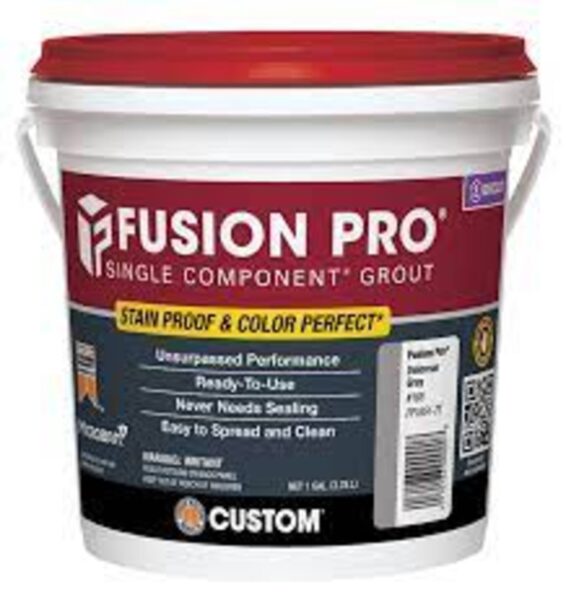Grout is the material used to fill the seams between tiles on floors, walls, countertops, and showers.
Over time, grout can become discolored, allow water penetration behind tiles, or begin to crack and crumble away completely. common causes of grout deterioration are moisture, dirt buildup, and normal wear-and-tear.
Re-grouting or full grout restoration services provides best solutions when simple grout cleaning no longer works.
Professional grout repair or grout replacement services may be required when do-it-yourself efforts fail to revitalize failing or faulty grout joints.
What is Grout Restoration?
Grout restoration refers to the process of repairing or replacing damaged or worn grout.
Grout is a cement-based material used to fill the seams between tiles. Over time, grout can become cracked, discolored, or permeable due to water exposure or normal wear.
Grout restoration aims to protect the integrity of the tiled surface and prevent further deterioration.
Methods of Grout Restoration
There are several methods of grout restoration, depending on the extent of damage:
- Grout Cleaning: Using specialized grout brushes, cleaners, and equipment to deep clean and restore discolored or stained grout lines
- Grout Sealing: Applying a protective sealer to shield grout lines from moisture and staining
- Grout Repair: Fixing minor cracks and holes using polymer-modified sanded grout
- Re-Grouting: Removing old grout with rotary hand tools and re-applying fresh grout for significantly damaged areas

Grout Restoration Materials
Common materials in grout restoration projects:
- Sanded/Unsanded Grout: Cement-based grout mixes for rigidity & strength
- Epoxy Grout: Resin-based grouts resistant to staining from water/chemicals
- Grout Sealers: Waterproofing solutions made of silicone, urethane, etc.
- Joint Fillers: Flexible compounds for control/construction joints

Tools Used for Grout Restoration
Rotary hand tools, mixers, and buckets help re-grout efficiently:
- carbide grout saws to rake out failing grout
- mixers to prepare consistent grout mixtures
- grout floats to force material into joints
- sponges & buckets to smooth/clean excess grout
Step-by-Step Grout Restoration Procedure
- Evaluate grout damage/deterioration & estimate repairs needed
- Mix grout material per manufacturer instructions
- Use rotary saws or oscillating tools to rake out severely damaged areas, cleaning thoroughly
- Pack fresh grout into joints, ensuring full contact with tile edges
- Smooth grout surface with floats & sponges to remove excess
- Apply curing procedures based on product guidelines
Modern Ways to Renew Grout Color
Restoring uniform grout appearance with modern techniques:
- Grout dye: Penetrating dye into porous grout, economical method
- Grout whitener: Bleaching products to brighten white grout
- Grout painting: Applying colored grout paints, more durable than dye
Top 5 Grout Sealers to Prevent Staining
- Silane sealer: Oil-based, resists water & staining
- Epoxy sealer: Strong chemical/stain resistance
- Urethane sealer: Laboratory-grade polymer protection
- Silicone sealer: Repels water & moisture infiltration
- Acrylic sealer: User-friendly for home applications
Conclusion
Grout restoration maintains tilework integrity, preventing underlying water damage or trips/falls.
Combining cleaning, sealing, repairs, and replacement where warranted keeps surfaces visually appealing while extending service life.
Work safely using proper PPE and engineering controls.






